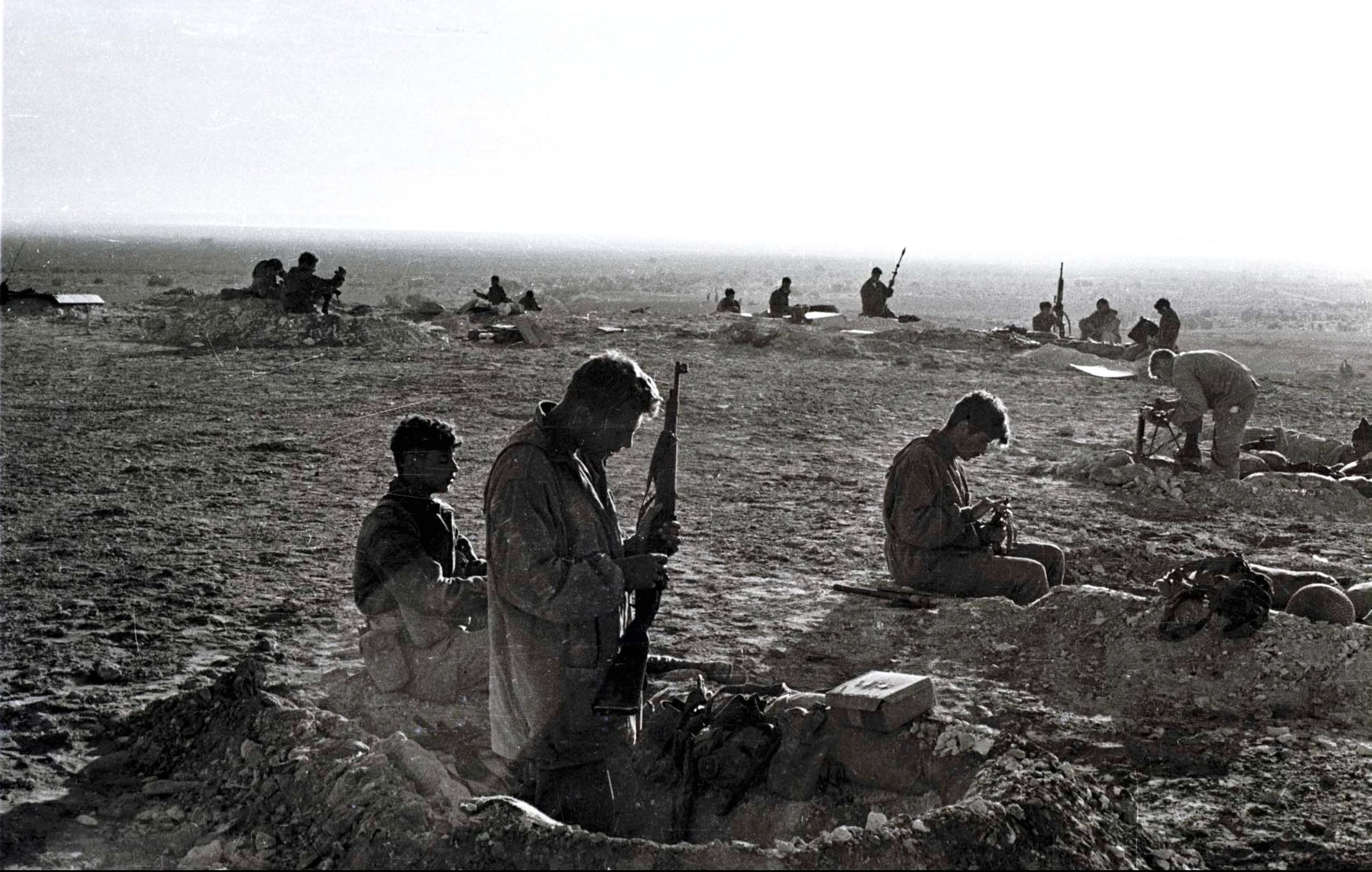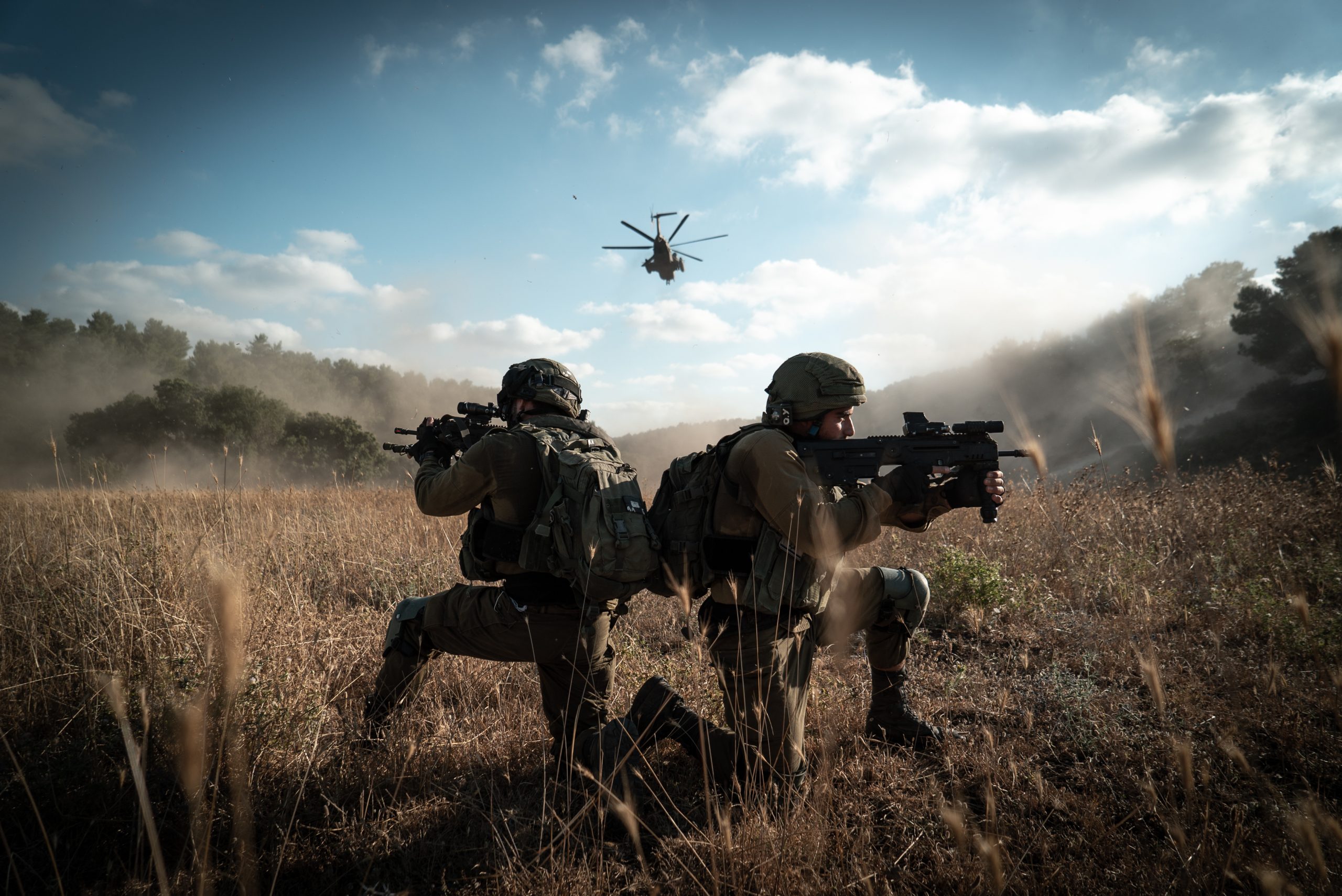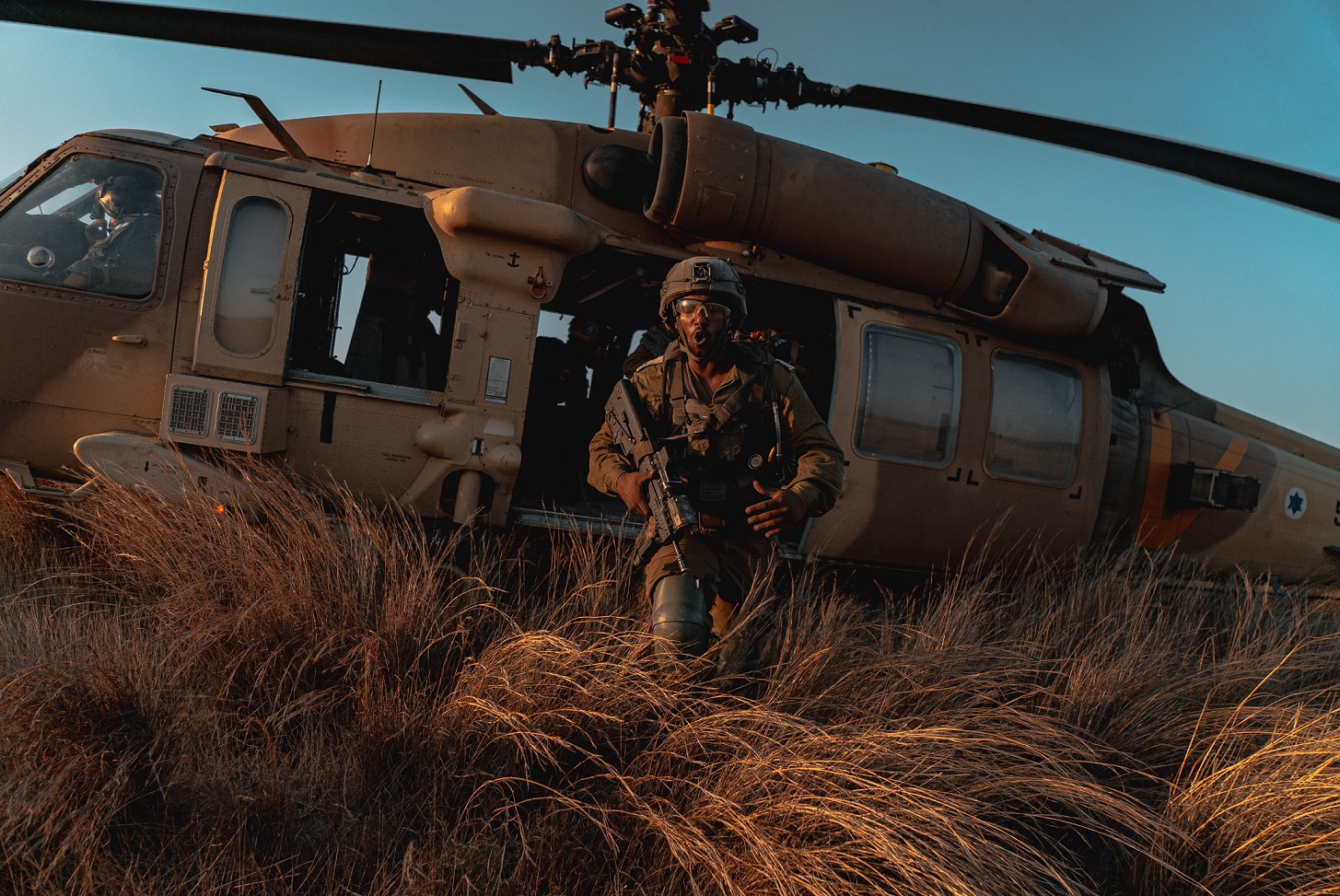Publications
INSS Insight No. 1669, December 14, 2022
In past wars, especially those of recent decades, the IDF made little use of systemic depth action behind enemy lines to influence the outcome of the military campaign. Ironically, the very existence of the Depth Corps, which was established a decade ago in order to correct this lapse, strengthens the trends it was established to counteract. Those include excessive reliance on centralized command and micromanagement, the weakening of regional commands and field units, operational plans not based on appropriate force buildup, and harm to commanders’ sense of independence.[1]
A recent podcast with INSS Managing Director Maj. Gen. (res.) Tamir Hayman and Depth Corps commander Maj. Gen. Itai Veruv dealt with many elements related to IDF activity deep in enemy territory: the traditional Israeli hesitation to take significant systemic depth actions (and in recent wars to perform land maneuvers at all); the structural problems that make it difficult to create a credible option for such action; and above all, the need for the depth option in the primary scenario for which the IDF is supposed to be preparing – a confrontation in multiple arenas that will require action in the first circle to achieve a significant advantage vis-à-vis the enemy on the border. I completely agree with their statements on these matters.
However, in the conversation there was a decided, albeit unmentioned, elephant in the room: the role of the Depth Corps itself. (In Hebrew, what is called the Depth Corps is literally the Depth Headquarters, and not Depth Command – more on this later.) Does the existence of the Depth Corps increase or decrease the chance that force capable of taking depth action behind enemy lines will be built up properly and deployed when needed? Answering this question in a substantive way requires looking back at the historical context of the establishment of the Corps and looking realistically to the future.
Here a distinction should be made between special actions and depth operations. The former refers to a pinpoint action by special forces; the latter is a significant deployment of force deep in enemy territory, intended to create a systemic effect to bring about the enemy’s collapse or another necessary achievement (for example, shortening the duration of a campaign). The IDF, which has excelled in special actions on the enemy’s home front during periods of routine security, has carried out very few depth operations during its major campaigns. Veruv and Hayman analyzed some of the reasons for this, including the weight of responsibility for a decision to take such action, as opposed to breaching the frontlines, which is not subject to criticism even if it costs many more human lives. One of the very few examples from the Yom Kippur War was the action by the paratroopers’ commando under the command of Shaul Mofaz on the Syria-Iraq border, which was only partially successful and if not for the resourcefulness of Air Force pilots could have ended badly.
Frustration with this state of affairs led to the establishment by graduates of the Matkal reconnaissance unit of the Shaldag unit, and to the various incarnations of special forces headquarters (Special Operations Command Headquarters was just one of its names) in the framework of various operational plans.
Depth operations is another story. Over the years the IDF has had a not insignificant number of plans for such action. For example, during the First Lebanon War (1982), a plan was created to airlift forces that would take control of sections of the Beirut-Damascus highway and block the potential escape of PLO operatives from Beirut, until the IDF had completed its mission and reached the highway by land. But this action was not carried out, for the usual reasons and because of the ’40 kilometers ruse.
The only significant actions during the “major” wars were paratroopers parachuting into the Mitla Pass during the 1956 Sinai Campaign, a move that was not intended to contribute to the IDF campaign but rather to fulfill Israel’s part in its understandings with Britain and France, and which developed into an unplanned bloody battle; the incursion by reserve duty paratroopers on the cannon complex at Umm Qatef during the Six Day War, as part of the exemplary battle of Sharon’s division in the Abu Ageila complexes, which was vertical flanking as part of a frontal maneuver; and paratroopers landing at Awali in 1982.

The Depth Corps was established in 2011. In the press its establishment was attributed to hints of a potential attack on Iran, but that was not its role. Its roots were in what was learned from the Second Lebanon War (2006), and particularly from Operation Sharp and Smooth in Baalbek. What began as an idea with systemic significance – airlifting a large force deep into Lebanese territory, to create a center of gravity that would compel Hezbollah to reveal itself and make it easier to strike the enemy – was gradually narrowed and ultimately executed as a limited action with a minor effect. A senior commander called it “showing off.”
Operation Sharp and Smooth was planned in the IDF General Staff. The idea was raised by an ad hoc team of officers, graduates of special units, who met in the IDF headquarters in Tel Aviv; the units that carried it out were Matkal and Shaldag, and it was commanded by Israel Air Force commander Eliezer Shkedi, who saw Shaldag as “his” unit. This attention from HQ did not change the fact that the operation lost volume and was substantially diminished from the initial idea to the execution, to the point where it was meaningless.
As is the nature of command units, the Depth Corps ballooned rapidly, and already by 2013 reportedly numbered several hundred people, mainly reservists. It combined two components: a command center for building and operating forces for depth action, and a command center for special forces that would operate the IDF’s special units during campaigns and wars.
The first aspect quickly became a belief. The Knesset subcommittee on the security concept and force buildup, in a special report on the IDF’s Gideon five-year plan, described it as follows: “As opposed to the regional command centers, which naturally gravitate toward managing routine, the Depth Corps dedicates 100 percent of its attention to decisive action during war.” As the head of the committee at the time, I can state that this was also the spirit of statements by IDF officers in discussions about the Corps.
And herein lies the core problem: Although the IDF was careful not to call it a Command, and in this manner to create a parallel with the regional commands, the Depth Corps in practice became a kind of regional command responsible for action a certain distance beyond Israel’s border. This leaves the relevant regional command – in practice the Northern Command, because in Gaza the “depth” is only a few kilometers wide – a narrow sector for frontal action. This approach joins a problematic outlook that has become more widespread in the IDF over recent decades, which has weakened the regional commands, and centralized command and control at IDF Headquarters and operations in inherently centrally controlled bodies such as the Air Force.
Consequently, a trend arose of weakening the independence and sense of capability of the ground forces in general, and quashing field commanders’ initiative and operational freedom – from the regional command generals on down, and ultimately, to the evident reluctance to carry out all types of maneuver.

Veruv and Hayman hinted in their conversation at the significant gaps in force buildup for depth action, which broadcast a lack of intention to carry out such plans. One such reported gap was the IDF announcement last May of its acquisition of two landing craft from the United States. The published news item stated that due to lack of landing craft, the IDF had been forced to rent them from the Greek military and to rent a civilian vessel from Italy in order to carry out an exercise of the 98th division in Cyprus. Veruv himself mentioned this.
Landing craft are not the only means for transferring forces behind enemy lines, of course, but they are capable of transporting much greater numbers of troops than the IDF’s fleet of helicopters, for example. And yet it took eleven years from the establishment of the Depth Corps to the announcement of the acquisition of this important means, which the IDF has not had since 1993.
The existence of the Depth Corps does not solve these problems, but actually aggravates them. Depth is an approach that must be pursued in every region or front of every campaign. In operational planning it must always be asked where the depth is, and will it help us, just as this question is asked about subterfuge, deception, and psychological warfare. But the division in practice between overly narrow realms of actions, which in the case of depth combat are several dozen kilometers, between two generals, each of whom sees himself as directly under the Chief of Staff, with one seen in practice as the general of the routine security in the regional command, while the other seen as responsible for decisive victory during war – such a division is a recipe for paralysis.
The IDF should take the opposite course: return the sense of independence and broad horizons, and encourage initiative in all field units, and especially in regional commands. It should give up on the illusion of centralized control, which is good for routine security and the campaign between wars but harmful in the event of a multi-arena confrontation, during which commanders will be demanded to act with severely limited assistance and attention from General HQ; simplify the command structure as far as possible; and strengthen the sense of capability of ground forces, which must feel that they are trusted.
The GOC of the Northern Command must, as part of preparing the Command for war, consider depth action as his responsibility and under his command, as part of his overall concept of how to achieve victory in the campaign. He must not see what happens beyond some arbitrary line as the responsibility of the General Staff or of somebody else, and the General Staff must not impart to him that they doubt the ability of the Command to deal with a campaign that includes depth action.
In my eyes, as in the eyes of Generals Hayman and Veruv, depth action is essential for the achievements necessary in a significant confrontation, particularly because of the changes in the nature of the enemy and the nature of war. This is a tool that must be part of the IDF’s arsenal, appear in plans, and serve as a compass for force buildup. However, the Depth Corps in its current structure, and especially in the manner that the IDF views it and its relations with the regional commands, may obstruct realization of this objective.
_______________
[1] This article is a response to the INSS podcast “On the Enemy’s Home Front” (in Hebrew).



